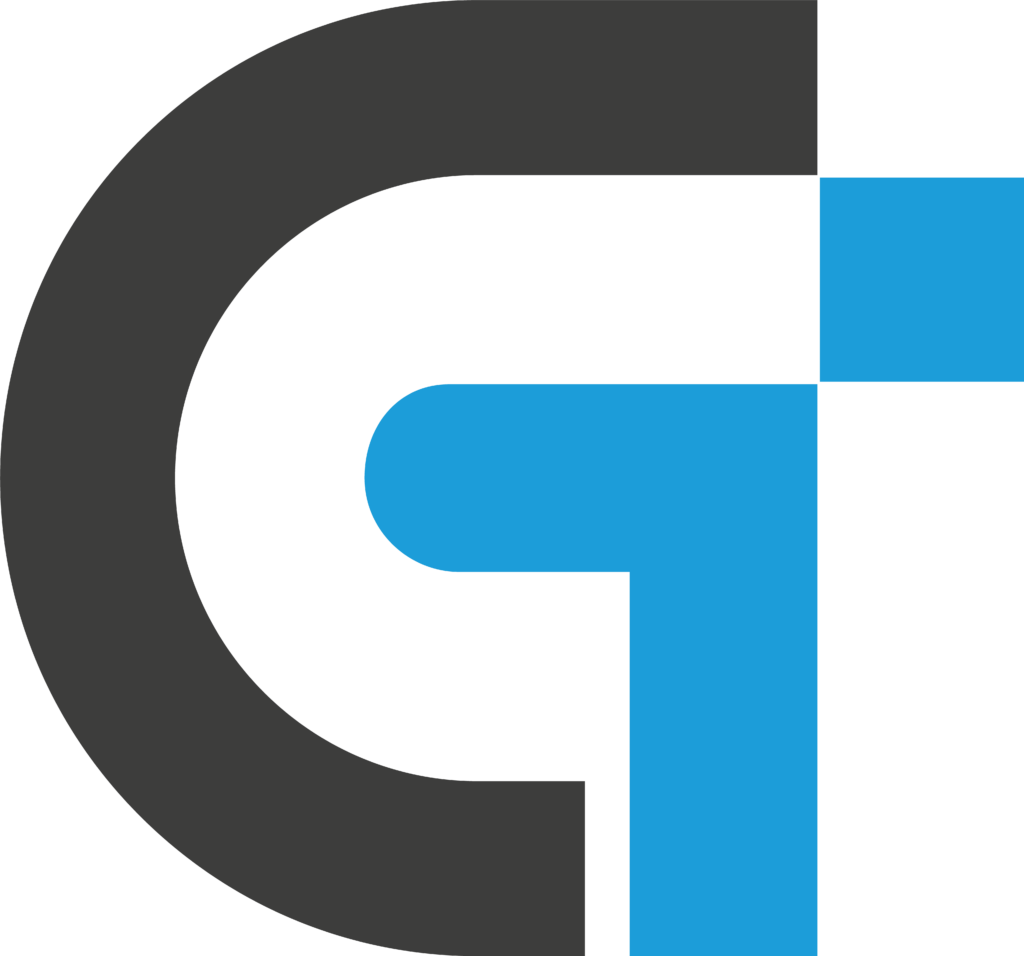The Clash of Tech Titans: Samsung vs. Apple
In the ever-evolving world of technology, two giants stand tall – Samsung and Apple. These tech behemoths have been locked in an intense rivalry for years, each striving to outshine the other with their innovative products and business strategies. As we delve into the realm of technology and trends, let’s explore the key battlegrounds where these titans clash.
Generative AI: The New Frontier
Generative AI has emerged as a game-changer in the tech landscape, and both Samsung and Apple are vying for dominance in this rapidly growing field. Samsung’s approach is ambitious, aiming to expand its user base for AI services significantly. The company encourages developers to create applications for its Galaxy AI platform, which integrates advanced AI features into various smartphone models. By the end of the year, Samsung has set an impressive target of reaching 200 million devices equipped with these capabilities. However, this goal may seem overly optimistic without credible sources to substantiate it, and it would be beneficial for Samsung to provide clear evidence of its progress.
In contrast, Apple’s strategy is more selective, focusing on enticing users interested in generative AI applications to upgrade to its latest iPhone models, particularly the iPhone 15 Pro series. Apple has chosen to limit its advanced AI features to high-end devices, a strategic move designed to drive consumer interest and reinforce its premium market position. This approach not only enhances the allure of its flagship products but also creates a sense of exclusivity around its AI capabilities. As both companies navigate this new frontier, their differing strategies will likely influence the adoption of generative AI among consumers.
Wearable Technology: The Battle for Digital Healthcare
The rivalry between Samsung and Apple intensifies as both companies seek to capture a larger share of the burgeoning digital healthcare market. This sector encompasses the development of smartwatches and other wearable devices designed to monitor health metrics and provide valuable insights to users. Samsung and Apple are investing heavily in this arena, recognizing the immense potential of wearable technology to revolutionize healthcare.
Samsung’s Galaxy Watch series has made significant strides in health monitoring, offering features such as heart rate tracking, sleep analysis, and even ECG capabilities. Meanwhile, Apple’s Apple Watch continues to dominate the market with its seamless integration of health features, including fitness tracking, blood oxygen monitoring, and advanced heart health notifications. As consumers become increasingly health-conscious, the company that can deliver the most accurate, user-friendly, and innovative wearable devices will undoubtedly gain a significant advantage. The competition in this space is not just about technology; it’s about improving lives and providing users with tools to manage their health effectively.
Job Opportunities: Diverse Paths to Success
When it comes to job opportunities, Samsung Electronics and Apple offer distinct paths for professionals seeking to make their mark in the tech industry.
- Samsung Electronics: Known for its vertical integration and product volume, Samsung provides a diverse range of job opportunities across multiple industries, including electronics, appliances, and medical devices. The company’s expansive portfolio means that whether you’re interested in engineering, manufacturing, marketing, or research and development, there are ample opportunities for growth and career advancement. Samsung’s commitment to innovation and quality ensures that employees are at the forefront of technological advancements, making it an attractive workplace for aspiring professionals.
- Apple: Renowned for its focus on design and user experience, Apple attracts talent in areas such as product design, marketing, software development, and customer service. Working at Apple means being part of a team that prioritizes innovation and pushes the boundaries of what’s possible in the tech world. The company fosters a culture of creativity and collaboration, encouraging employees to think outside the box and contribute to groundbreaking projects. For those passionate about technology and design, Apple offers a unique environment where ideas can flourish and impact millions of users worldwide.
Legal Battles: Protecting Intellectual Property
No discussion of Samsung and Apple would be complete without mentioning the legal battles that have ensued over intellectual property and patent disputes. These legal clashes have spanned multiple continents, with both companies emerging victorious and suffering setbacks at various stages. The ongoing legal battles highlight the fierce competition between these tech giants, as they fiercely protect their innovations and strive to maintain a competitive edge in the market.
One notable case involved a series of lawsuits over smartphone design and technology patents, where both companies accused each other of copying features. The legal disputes have not only resulted in financial penalties but have also shaped the strategies of both companies as they navigate the complexities of intellectual property rights. As these legal battles continue, they serve as a reminder of the high stakes involved in the tech industry, where innovation and creativity are constantly challenged by the need for protection and compliance.
Business Strategies: Divergent Paths to Success
Samsung and Apple have adopted distinct business strategies that have shaped their respective successes in the tech industry.
- Samsung: The company emphasizes vertical integration and a flood of products across various markets. Samsung’s business model involves significant investments in research and development (R&D) and capital expenditures (CapEx), enabling them to stay ahead of the curve and cater to diverse consumer needs. By controlling various aspects of its supply chain, from manufacturing to distribution, Samsung can respond quickly to market demands and innovate rapidly. This strategy has allowed Samsung to offer a wide range of products, from budget-friendly devices to high-end flagship models, appealing to a broad audience.
- Apple: In contrast, Apple focuses on design and user experience while outsourcing elements such as manufacturing. This approach allows Apple to concentrate on its core competencies, such as product design and software development, while leveraging the expertise of its manufacturing partners. Apple’s business strategy involves a high degree of risk, as it relies on maintaining a premium brand image and consumer loyalty. However, this strategy has led to significant success in the market, thanks to its ability to captivate consumers with sleek and intuitive products that seamlessly integrate hardware and software.
As these tech titans continue to push boundaries and innovate, their divergent business strategies will undoubtedly shape the future of the industry. The competition between Samsung and Apple not only drives technological advancements but also influences consumer preferences and market trends.
Relevant Sources:
- Samsung vs. Apple: Comparing Business Models – Investopedia
- Apple vs Samsung | PPT – SlideShare
- How Apple and Samsung are selling gen AI is wildly different – Yahoo Finance
- Samsung vs. Apple: A New Era in Wearable Technology – LivaRava
- Compare working at Samsung Electronics vs Apple | Indeed.com
In the ever-evolving landscape of technology, the rivalry between Samsung and Apple continues to captivate the world. As these titans clash on multiple fronts, from generative AI and wearable technology to job opportunities and legal battles, one thing is certain: their competition will shape the future of the tech industry, pushing boundaries and driving innovation to new heights.
.
This article is generated by SafeComs AI, Automation Bot.





Leave a Reply